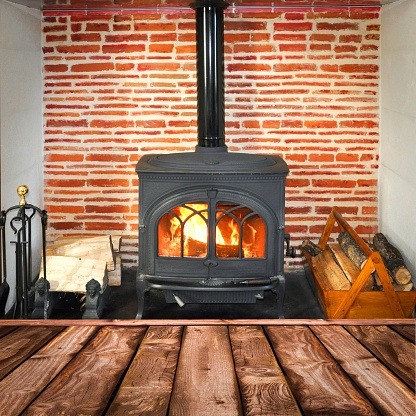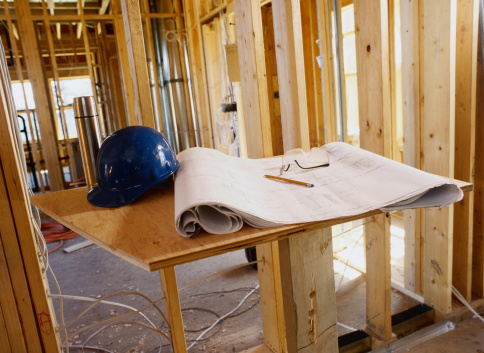 Whether it emanated from a traditional potbellied design or a more sleek, modern contemporary, the warm glow of a wood stove might have captured your imagination at your favorite bed-and-breakfast or restaurant in northern California. And if you pulled up a chair to sit next to one, there's no denying the warmth it radiates as the wood churns and burns inside.
Whether it emanated from a traditional potbellied design or a more sleek, modern contemporary, the warm glow of a wood stove might have captured your imagination at your favorite bed-and-breakfast or restaurant in northern California. And if you pulled up a chair to sit next to one, there's no denying the warmth it radiates as the wood churns and burns inside.
So no wonder your wheels are turning: Couldn't I bring this same charm to my home? And wouldn't it help reduce my home heating costs? The short answers are “yes” and “probably,” and Experts In Your Home would like to give you the longer answers, too.
It might help to take a step back and view a wood stove as a quality of life decision: It might be right for some homeowners and nothing but a high-maintenance headache for others – no matter what the eventual savings in traditional home heating costs. Like most quality of life decisions, this one depends on how you interpret the realities.
Size Up the Upfront Costs
Experts In Your Home's heating experts believe that you have to do more than gravitate to the aesthetics of a wood stove. This is the easy part – much like casting a longing eye at a sporty convertible.
While not nearly as expensive as a sports car, even a small wood stove doesn't come cheap. On average, wood stoves cost several thousand dollars, and it's not difficult to spend $5,000 on a premium model (or one that doubles as a wood cook stove).
Installing a wood stove is no do-it-yourself job. A stove must be professionally installed with a safe and secure ventilation system. This job can be simplified (and the installation cost reduced) if you have an unused fireplace and wish to install a wood stove in its place to capitalize on the chimney.
While the purchase and installation of a wood stove represent your biggest upfront costs, you also should factor in the cost of firewood. Unless you plan to cut down trees, saw them into logs and then make them small enough to fit inside a wood stove, you probably will spend at least several hundred dollars a year on wood.
Clear the Air on Other Realities
The good news is, the heating efficiency of many wood-burning stoves is quite high – many are in the upper 80s – which means that most of the heat is absorbed by the stove and radiated throughout a room.
Eventually, a wood stove could help you reduce your gas consumption by up to 25 percent. But you shouldn't expect to pull even on your investment in only a few years' time. It probably will take longer.
In the meantime, you will be breathing some smoky air. All wood stoves must be certified by the U.S. Environmental Protection Agency, which sets emission limits. But even this safeguard isn't – pardon the pun – ironclad. Wood smoke releases carbon monoxide, nitrogen oxides and small particles into the air, which might eliminate a wood stove from your wish list if someone in your home suffers from asthma, allergies or other upper respiratory problems.
And don't forget another reality: although more self-contained than a wood-burning fireplace, a wood stove requires loading and continual stoking to keep the fire burning – far more laborious than turning up the heat on your thermostat.
Will a Wood Stove Improve YOUR Way of Life?
Despite these drawbacks, a wood stove might be fueling an off-the-charts reaction on your quality of life barometer. And, to be sure, it's worthwhile to “kick the tires” a bit longer as you also consider that the ambiance of a wood stove is enhanced by:
- Manufacturing safety standards that have vastly improved since the 1980s
- Multi-tasking capabilities, especially if the stove is hooked up to a water heater or radiator or coupled with a cooking apparatus
- Its imperviousness to power outages
- Its reliance on a renewable energy source rather than a fossil fuel, which might be important to you if you're environmentally conscious
These are a few of the things to consider if you are looking into a wood stove as a potential heating option. For more on home heating, check out our free download below:








